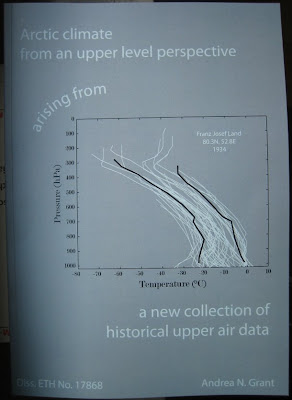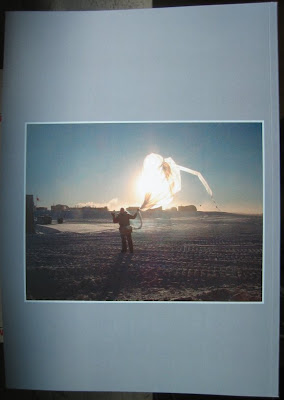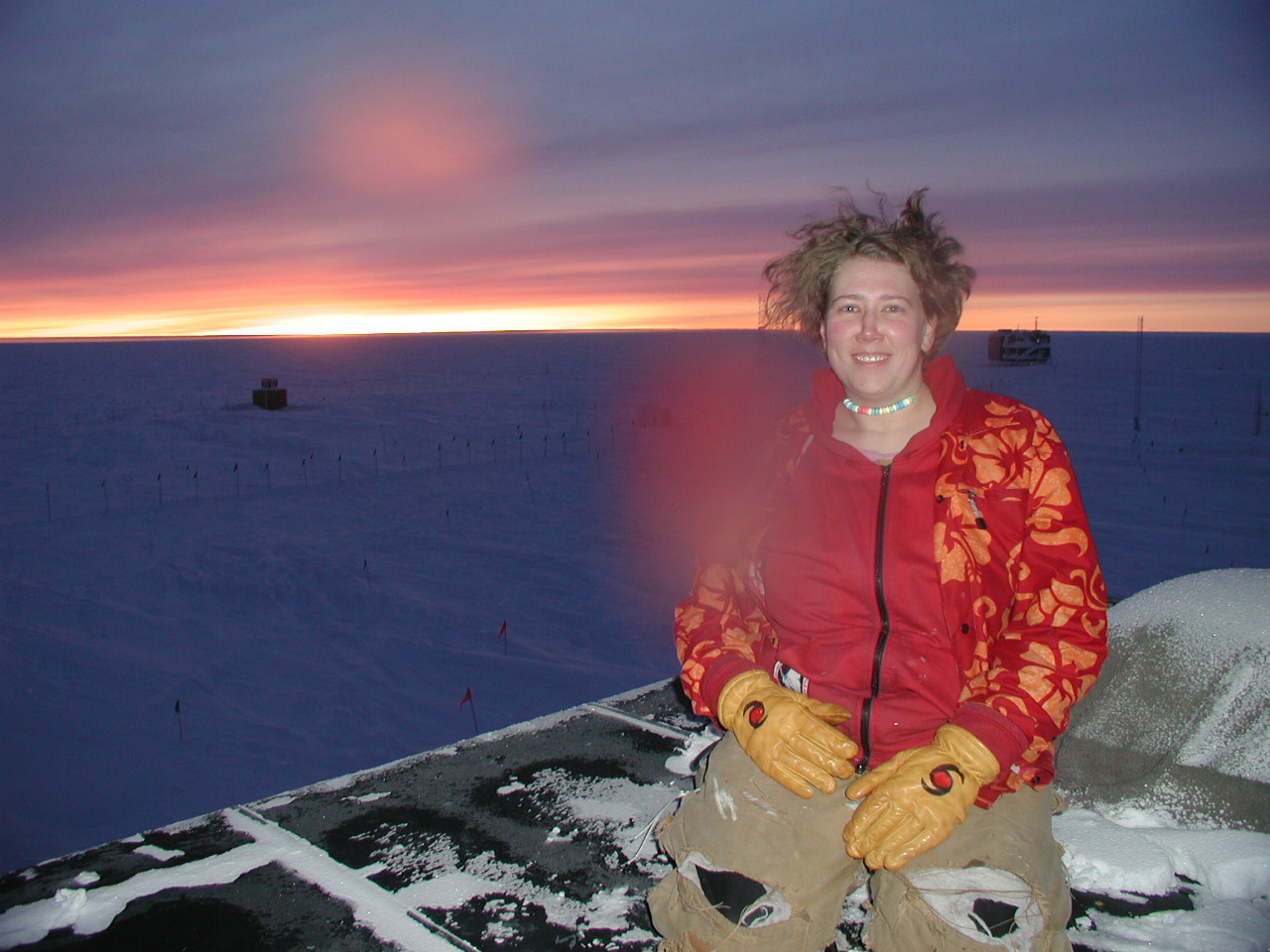I am thrilled to announce that I have a "publication" in
Nature, one of the two most prestigious journals in the natural sciences. It's just a short comment on another paper (in the "Brief Communications Arising" category), but it
is peer reviewed and it
is in Nature, so I guess it counts! It's a nice high point to end my academic career on! The peer review process was pretty funny. It was like a parody of the peer review process--we had 4 reviewers and two rounds of review that took about 6 months, all for about 3 paragraphs of text!!
The first paragraph is here--access to the full text requires a subscription.
Below I'll summarize (or more likely, expand! actual science content!) what we did, but first I need to define the term "reanalysis". Weather forecasts these days are made by taking all the available observations (from surface stations like at the airport, from "weather balloons" which measure temperature, humidty and wind up through the atmosphere at a given point, and from satellite observations) and dropping them into a computer model which is based on physical principles. The crank is turned and then it spits out a forecast for 0, 6, 12, 18, etc hours in the future. Yes, it actually makes a current situation "forecast" which covers the whole globe rather than just where the observations are. This output is called an "analysis". For a long time in the 80s and 90s the output of these model runs was being saved and people got the idea to look at long term changes in in climate in the output. This was a good idea with a major flaw--the forecasting models get updates
all.the.time, so no one was sure if trends in the output were real or just from changing models. Eventually they took the latest model available and started over at the beginning (1948), hence creating a re-analysis. One of the incredibly useful things about reanalysis is that it can span gaps in coverage, so we get output in regions like the north pole where there really aren't many measurements. Of course, such output is obviously not as reliable in these "data sparse" regions.
The original paper, published by Graversen, et al. in
Nature (
volume 451, pages 53-56, Jan 3, 2008), looked at trends in the Arctic in one of these reanalysis products (the "ERA-40" one). They averaged the data for all longitudes for the summer half of the year and looked at trends from 1979-2001. (They started in '79 because that's when the bulk of the satellites came online, and stopped in '01 when the ERA-40 project ended.) They then did something interesting--they looked at how these temperature trends varied as you move from 30N to 90N, and as you move from the earth's surface up to about 10km up in the atmosphere. This last piece is really interesting (and is what I've been trying to work on for the past three years) because knowing where the warming is happening (at the ground, higher up, throughout the whole atmosphere) can give you a clue about what is behind the warming. Different causes of warming like greenhouse gases, solar variability, urbanization, will all have a "signature" of warming at different heights, so it's another way to help us disentangle what's going on with the climate system.
So, Graversen, et al. found a huge peak of the warming trend over the Arctic Ocean (85-90N) in summer at about 3km above the ground. This result was really puzzling and unexpected, and seemed to indicate that, whatever was going on in the Arctic, it wasn't being driven by greenhouse gases.
Since my phd thesis has been on historical weather balloon data (back to 1932) with a special focus on the vertical profile of temperature in the Arctic, we decided to take a quick look at this. We recreated the problematic figure from the original paper using the ERA-40 reanalysis, but then we took ERA-40 and kept only those locations where weather balloons are ingested and looked at trends from that, and finally looked at trends in the weather balloon data itself. The last two versions matched each other quite well, which isn't surprising given that all the weather balloon data is ingested into the reanalysis, and confirms that where there
is data, the output is pretty good. The problem came over the Arctic Ocean and it turns out there are a couple of issues:
- We discovered, in the primary reference paper for ERA-40 reanalysis, the discussion of a known problem ingesting satellite temperatures over the Arctic Ocean. It turns out that the data prior to 1996 was ingested with an error and the data after that without the error, leading to a jump in temperatures over the Arctic Ocean right at about 3km above the surface. An upward jump in the middle of a long series of data will give you a trend!
- The lack of weather balloons in the area meant that there was nothing to keep the model "on track", allowing this satellite error to dominate the region.
Point 2 isn't so surprising--no one expects the models to be perfect. What I did find really surprising was that the reviewers of the original paper let stand the trends in such a poorly validated region, especially in light of the known error (point 1 above). It seems like a pretty big oversight to me!
Labels: work







